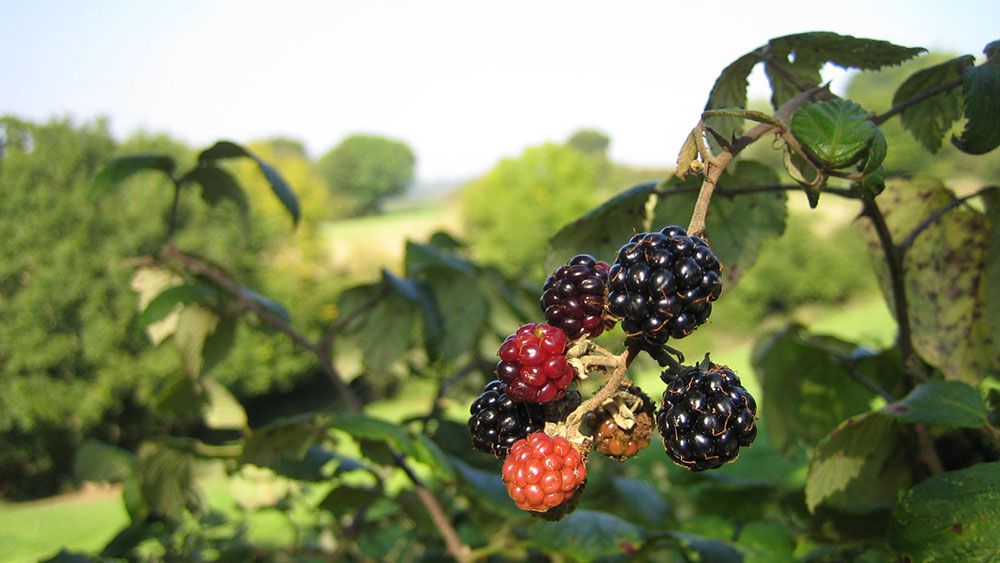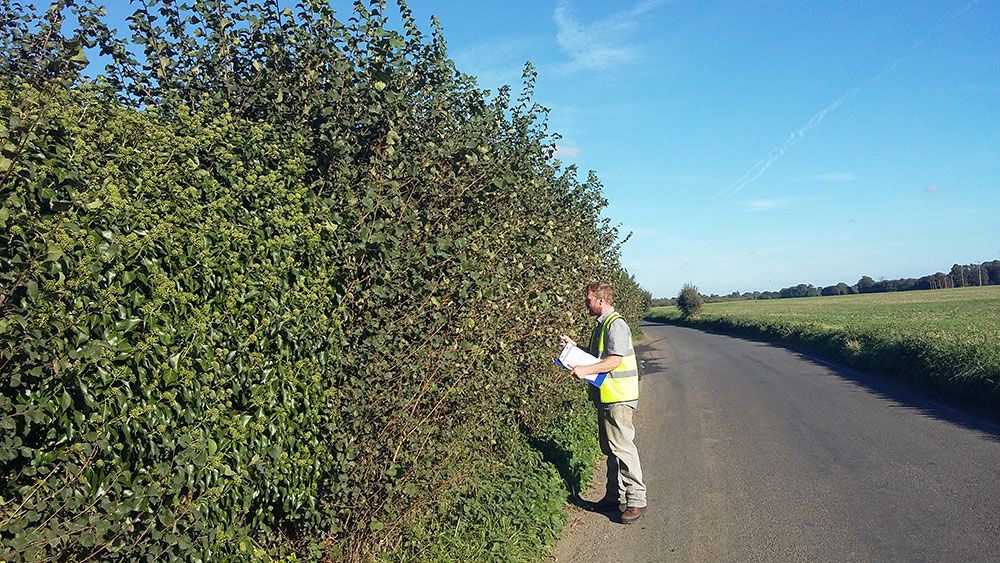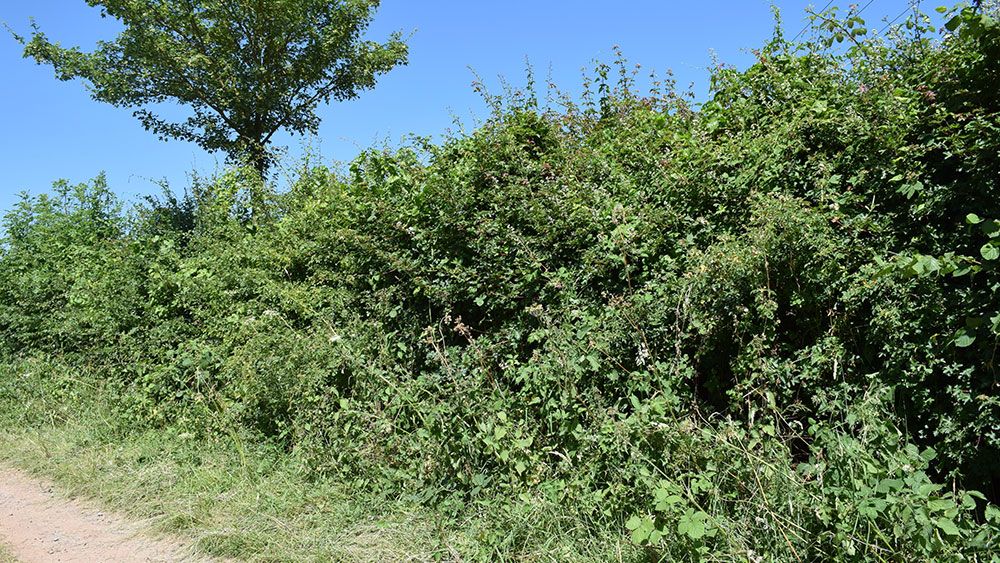Hedgerows are not only a significant feature of our countryside but they are one of the most important farmland habitats. They are home to an incredible array of wildlife, they allow wildlife to safely move across the country, and they deliver so many benefits to farmers and environment when properly managed.
Home Sweet Home
Hedgerows provide food and shelter for many of our most endangered animals like dormice, hedgehogs, bats, insects and birds. In fact, many farmland species are now being marginalised to hedges and woodland patches.
Bats and birds are known to use hedgerows as foraging grounds because they can provide such a good source of insects. Other birds flock to hedgerows to gorge on their fruits, such as hawthorn and blackberry. Pollinators enjoy early forage of willow, blackthorn and hawthorn, then the later forage of blackberry and ivy flowers, which provide some of the last pollen and nectar sources of the year.
Hedge trees add another level of roosting sites, dead wood and general habitat. In fact, over half of the ‘Biodiversity Action Plan’ species associated with hedges are dependent on the presence of hedgerow trees.
Hedgerows are so teeming with life that one study counted 2070 species in one 85 metre stretch, and even this was thought to be an underestimate!

Hedgerow Highways
Hedgerows benefit animals that don’t even live in them. They can help reduce ‘habitat fragmentation’ which is as a limiting factor for the distribution of some species and even a risk to the survival of others.
The hedge network criss-crosses over our countryside acting as wildlife corridors, allowing animals safe(r) passage between patches of habitat they may call home. This is especially important for rare animals and those with small local populations, to which being isolated can make them more vulnerable to local extinction. For example, hedgerows can provide a link between several copses that on their own, may be too small to sustain a viable population of dormice. Even a small gap in a hedgerow can be an obstacle to dormouse dispersal.
Bats use hedgerows as landmarks to help them commute between foraging grounds. Butterflies depend on the warm shelter provided by hedges to gain the necessary height to fly.

Farmers’ Friend
From reducing soil erosion to increasing the price of land, hedgerows have so many additional benefits on top of their wildlife value. This is why it makes good economic sense to keep them in good shape.
They provide shelter to livestock, which can increase productivity and decrease the amount of feed required. When properly managed, they reduce the risks of bovine Tb in cattle herds. They can create warmer soil which can extend the growing season, reduce flooding, and increase the natural pollinator communities essential for many crop pollination. In some cases, they can even reduce the expense of pesticide use.

Find out more about the many ways hedgerows help us here
